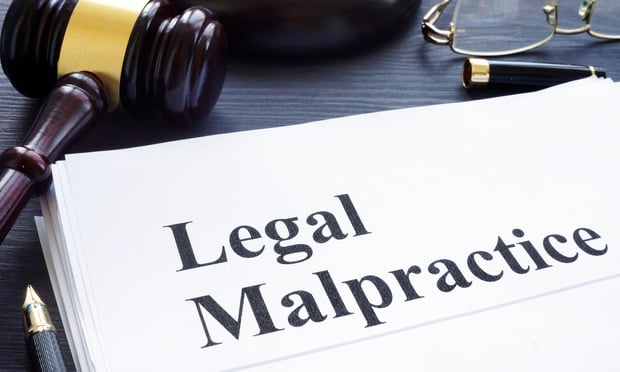 A relatively new trend, Ames & Gough reported insurance defense lawyers are seeing an increase in malpractice claims. However, an insurer's ability to sue defense counsel varies by state. In some states, the law is unclear, while in others it is permitted under several legal theories of liability outlined in Ames & Gough report. (Credit: Vitalii Vodolazskyi/Shutterstock.com)
A relatively new trend, Ames & Gough reported insurance defense lawyers are seeing an increase in malpractice claims. However, an insurer's ability to sue defense counsel varies by state. In some states, the law is unclear, while in others it is permitted under several legal theories of liability outlined in Ames & Gough report. (Credit: Vitalii Vodolazskyi/Shutterstock.com)
Although the frequency of legal malpractice claims remained relatively static from 2020-2021, after spiking in 2019, the amount paid per claim continued an upward trend as mistakes became more costly, according to a survey of insurers that write legal professional liability coverage by Ames & Gough.
Recommended For You
Want to continue reading?
Become a Free PropertyCasualty360 Digital Reader
Your access to unlimited PropertyCasualty360 content isn’t changing.
Once you are an ALM digital member, you’ll receive:
- Breaking insurance news and analysis, on-site and via our newsletters and custom alerts
- Weekly Insurance Speak podcast featuring exclusive interviews with industry leaders
- Educational webcasts, white papers, and ebooks from industry thought leaders
- Critical converage of the employee benefits and financial advisory markets on our other ALM sites, BenefitsPRO and ThinkAdvisor
Already have an account? Sign In Now
© Touchpoint Markets, All Rights Reserved. Request academic re-use from www.copyright.com. All other uses, submit a request to [email protected]. For more inforrmation visit Asset & Logo Licensing.







